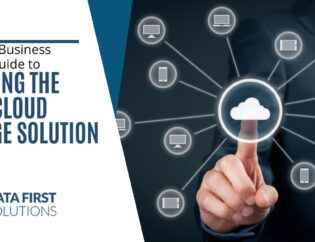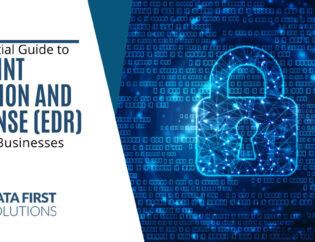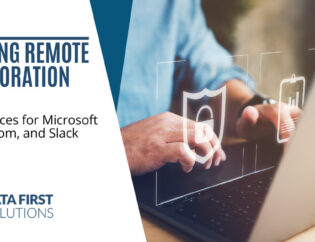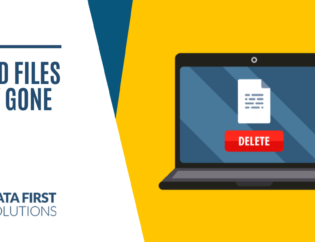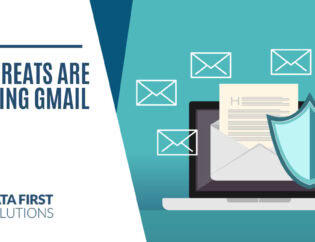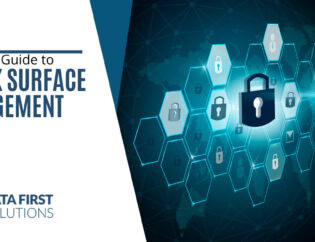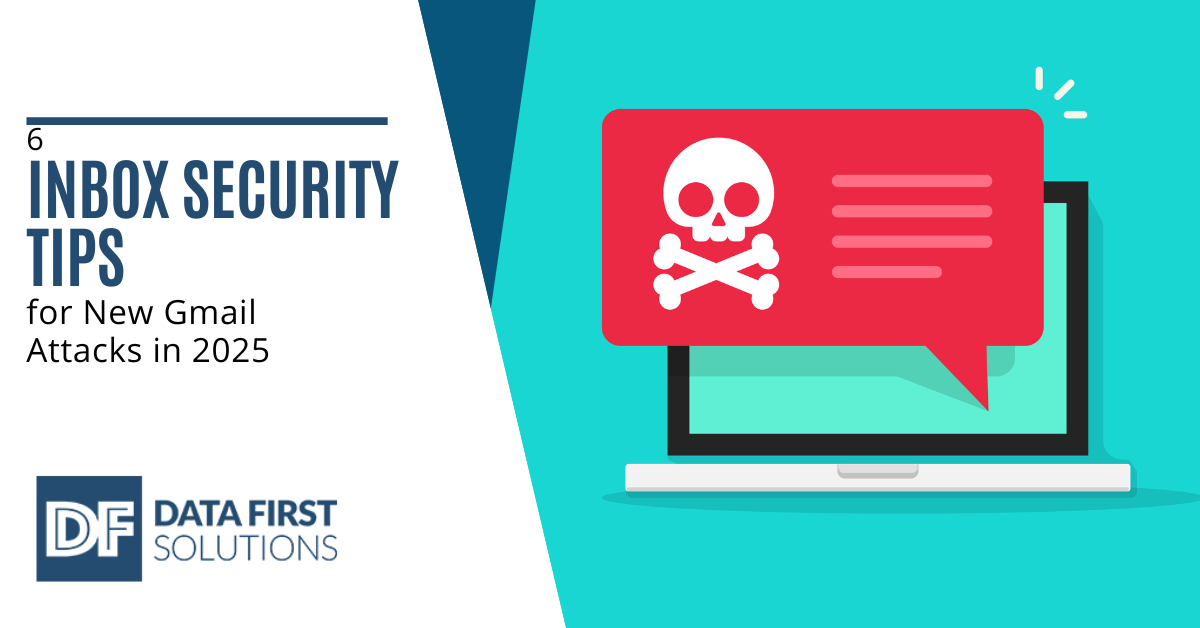
What are the latest Gmail security threats?
In 2025, cybercriminals have developed new and more sophisticated methods to compromise Gmail accounts, exploiting vulnerabilities and human error to gain unauthorized access to sensitive information.
AI-powered phishing attacks
Artificial Intelligence has revolutionized many industries, but it has also been weaponized by cybercriminals. AI-powered phishing attacks use advanced language models to create highly convincing and personalized emails, making it increasingly difficult for users to distinguish between legitimate and malicious messages.
Zero-day exploits
Hackers are constantly searching for undiscovered vulnerabilities in Gmail’s security infrastructure. These zero-day exploits can be used to bypass traditional security measures, potentially granting attackers access to your account before Google can patch the vulnerability.
Quantum computing threats
As quantum computing technology advances, it poses a significant threat to current encryption methods. Cybercriminals are beginning to leverage quantum algorithms to crack complex passwords and encryption keys, putting Gmail users at risk of unauthorized access.
How can you strengthen your Gmail password?
One of the most fundamental steps in securing your Gmail account is to create and maintain a strong, unique password. In 2025, this has become more critical than ever due to the increasing sophistication of password-cracking techniques.
Use a passphrase instead of a password
Rather than relying on a single word or a combination of random characters, consider using a passphrase. A passphrase is a longer string of words that is easier for you to remember but much harder for attackers to guess or crack.
Implement multi-factor authentication
Enable Google’s advanced multi-factor authentication options, which may include biometric verification, hardware security keys, or time-based one-time passwords (TOTP). This adds an extra layer of security, making it significantly more difficult for unauthorized users to access your account even if they obtain your password.
What role does email encryption play in Gmail security?
Email encryption is a crucial component of inbox security, especially when dealing with sensitive information. In 2025, Gmail offers advanced encryption options to protect your messages from prying eyes.
Enable end-to-end encryption
Take advantage of Gmail’s built-in end-to-end encryption features for sensitive communications. This ensures that only the intended recipient can read the contents of your email, protecting it from interception by malicious actors or even Google itself.
Use encrypted attachments
When sending sensitive documents or files, utilize Gmail’s encrypted attachment feature. This adds an extra layer of protection to your files, ensuring they remain confidential even if intercepted during transmission.
How can you protect against phishing attacks?
Phishing attacks remain one of the most common and effective methods for cybercriminals to gain access to Gmail accounts. In 2025, these attacks have become increasingly sophisticated, requiring users to be more vigilant than ever.
Verify sender identities
Always double-check the sender’s email address, especially for messages requesting sensitive information or containing links. Be wary of slight misspellings or variations in domain names, which are common tactics used by phishers to deceive recipients.
Use Gmail’s built-in phishing detection
Take advantage of Gmail’s advanced AI-powered phishing detection features. These tools analyze incoming messages for suspicious content, sender behavior, and other red flags, alerting you to potential threats before you interact with them.
What third-party security tools can enhance Gmail protection?
While Gmail offers robust built-in security features, third-party tools can provide additional layers of protection and functionality to further secure your inbox.
Email security gateways
Implement an email security gateway that sits between your Gmail account and the internet, scanning incoming and outgoing messages for threats, malware, and sensitive data leaks.
Security information and event management (SIEM) integration
For businesses and power users, consider integrating your Gmail account with a SIEM solution. This allows for real-time monitoring and analysis of email-related security events, helping to identify and respond to threats more quickly.
How can you secure Gmail on mobile devices?
With the increasing use of mobile devices for email access, it’s crucial to implement security measures specifically tailored to protect your Gmail account on smartphones and tablets.
Use the official Gmail app
Always use the official Gmail app on your mobile devices, as it includes built-in security features and regular updates to protect against the latest threats.
Enable remote wipe capabilities
Configure your device to allow remote wiping of your Gmail data in case your phone or tablet is lost or stolen. This prevents unauthorized access to your emails and sensitive information if your device falls into the wrong hands.
Safeguard Your Inbox Today
As we’ve explored in this article, protecting your Gmail account from new and evolving threats in 2025 requires a multi-faceted approach. By implementing strong passwords, utilizing encryption, staying vigilant against phishing attempts, leveraging third-party tools, and securing your mobile devices, you can significantly reduce the risk of falling victim to cyber attacks.
At Data First Solutions, we understand the critical importance of email security in today’s digital landscape. Our team of experts is dedicated to helping individuals and businesses implement robust security measures to protect their sensitive information.
Don’t wait until it’s too late – contact us today to learn how we can help you safeguard your Gmail account.


